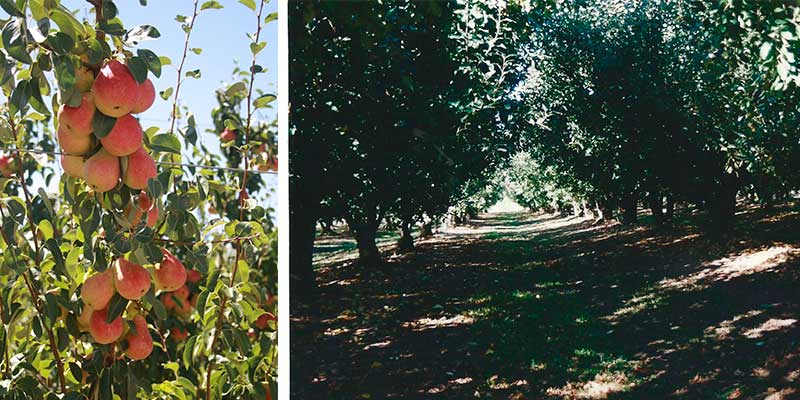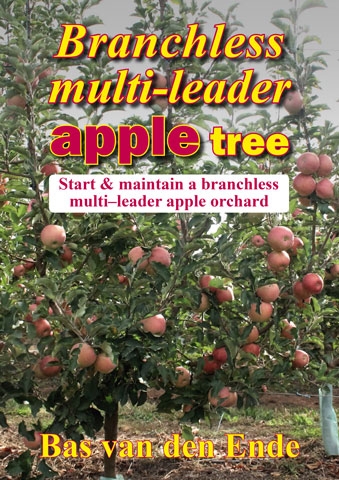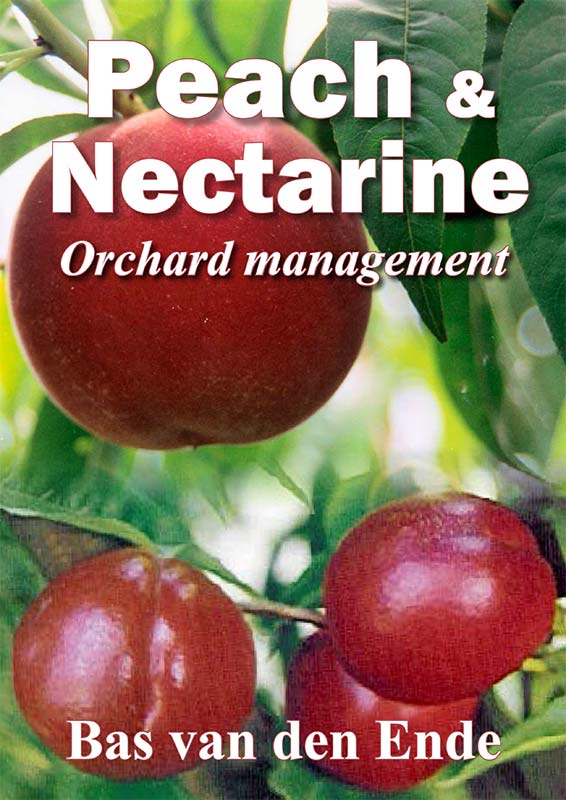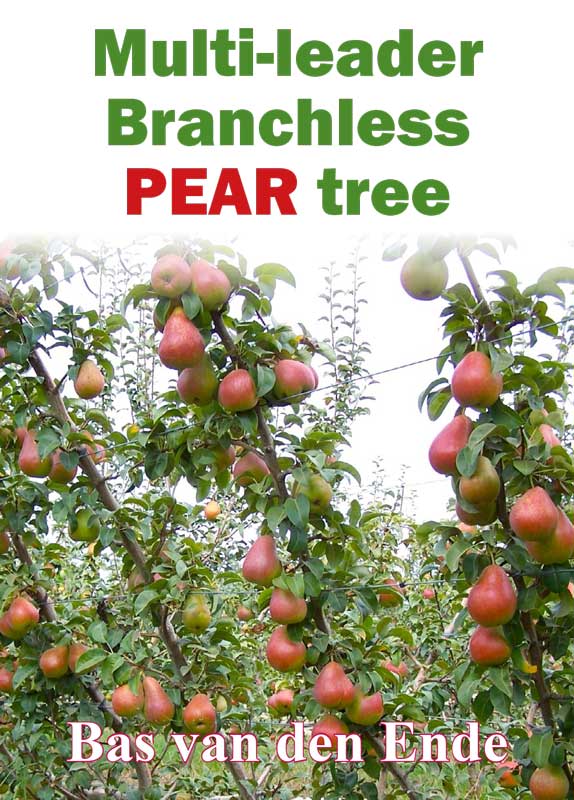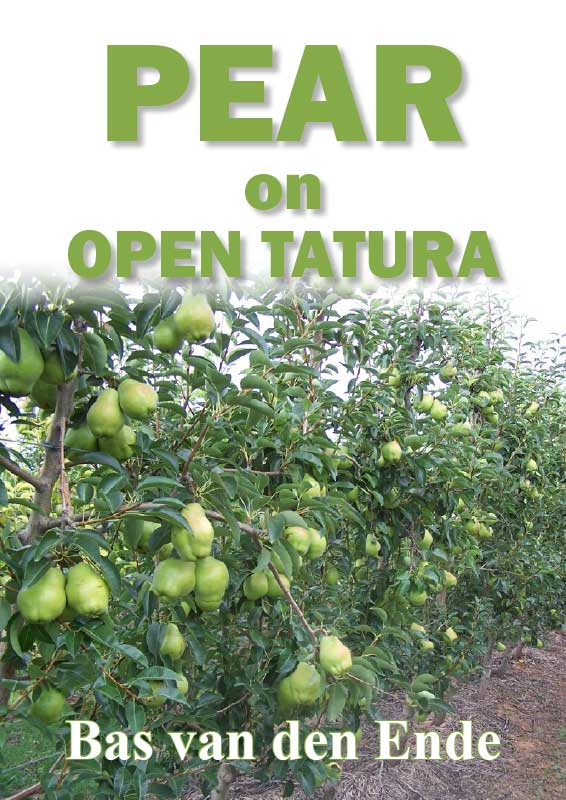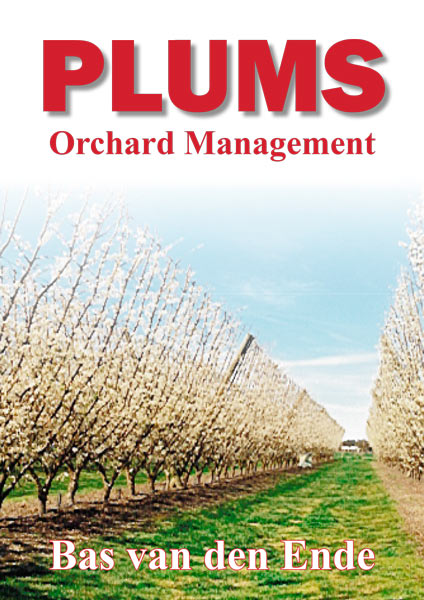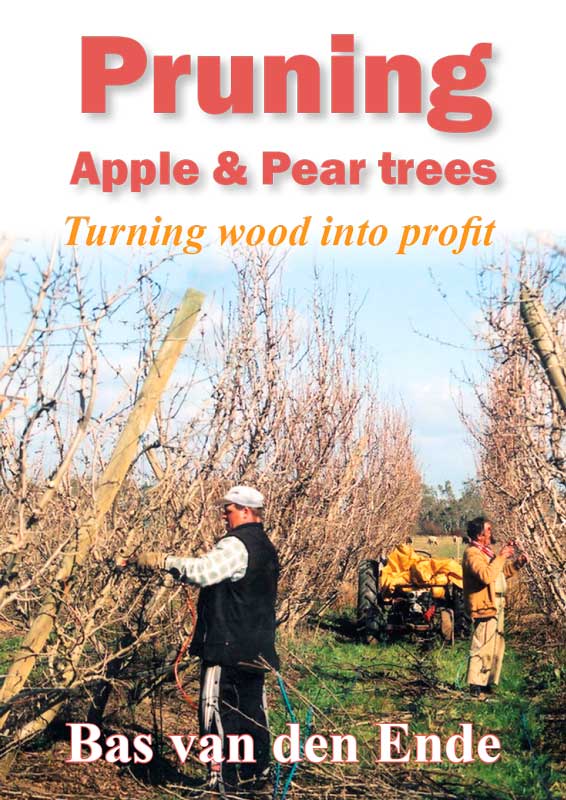The light environment in the tree canopy changes during the season as a result of increased leaf development, movement of branches by positioning or bending with the crop, or the loss of leaf area due to pests, drought, or summer pruning.
Effect of changing light environment on leaves and fruit (cont from last month)
Leaves will physiologically adapt to changing light conditions in the canopy.
Leaves that develop in high light and are subsequently shaded and then re-exposed will have photosynthetic rates lower than leaves continuously exposed to maximum light. Leaves that develop in shaded conditions and are subsequently exposed to higher light, adapt to the new light environment and will increase in photosynthesis compared to continuously shaded trees, however, they will not have rates as high as leaves that are continuously exposed to maximum light.
For maximum fruit skin colour and quality, fruit must be exposed to optimum sunlight for the entire season. Blushed pears are a good example (see Figure 1).
Fruit that are shaded early in the season will not attain the maximum size or colour, even if given adequate sunlight later in the season.
Fruit that develop in low light and are then exposed to high light are more susceptible to sunburn injury.
The light environment in the tree is not consistent since light can penetrate as small beams which are constantly changing in size and location as the sun passes overhead.
Because of movement in the wind, leaves can be exposed to high light or low light very quickly. The tree can adjust its photosynthetic rate quickly (in a matter of seconds) to these conditions.
Also, a portion of a leaf may be in shade while another is exposed. Leaves can have different photosynthetic rates occurring on the same leaf simultaneously.
Leaves in the canopy interior are relatively efficient at maximising photosynthesis with the high resources available. However, heavy shading (less than 30 per cent of full sunlight) for prolonged periods may be detrimental to the ability of the tree to assimilate carbon, produce carbohydrates and export the carbohydrates throughout the tree for growth and development (Figure 2).
(cont next issue)
See this article in Tree Fruit April 2022


